News
Scientists break the code for a new natural blue color
10 Dec 2021Graduate-level food scientists at Cornell University have discovered how to stabilize, phycocyanin, a food colorant that provides a vivid blue pigment, according to research published in the American Chemical Society’s journal BioMacromolecules.
This natural, algae-derived protein is the main ingredient in spirulina and has long been known as a source of natural blue hues, but its color properties fade quickly if put into acidified beverages or subjected to thermal treatment, Alireza Abbaspourrada, a professor of food chemistry and ingredient technology told the Cornell Chronicle.
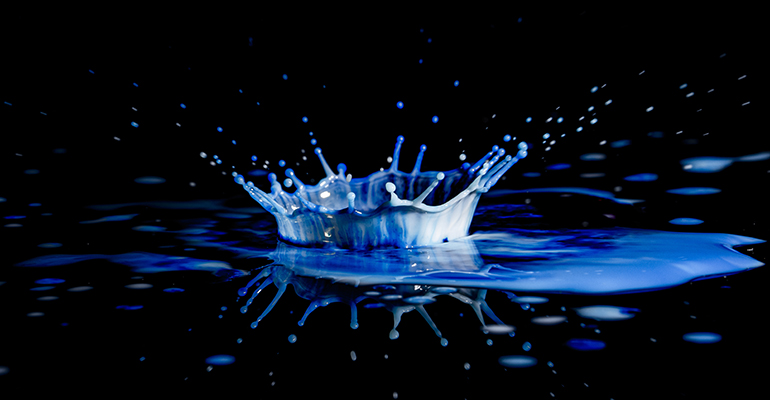
Scientists discovered there is a close relationship between the protein structure of this algae and color stability. When testing the shades of blue it exudes at different levels of acidity, the researchers created a clear picture of how varying pH levels affect the intensity of the blue. With this in-depth knowledge of the algal protein’s properties, the study’s authors now believe they have an opportunity to stabilize this protein to ensure consistent color.
Blue is a tricky color to replace with natural hues. Not only are there few sources of natural blue, but the ones that exist often impart tones that are not as vibrant as their artificial counterparts. They are instead reminiscent of moldy hues, which trigger humans’ evolutionarily-programmed danger warnings. Since humans are so sensitive to colors in their food, it is therefore important to get the shade right — which in the case of blue means rich, vibrant, and saturated.
For years, manufacturers have worked with ingredients from purple cabbage to the tropical fruit huito to recreate the rich blues that so many brands use. However, there has been only marginal success with these alternatives. Algae, and more specifically spirulina, has shown to be the most promising candidate to derive a natural blue. Nevertheless, until this recent finding by researchers, it has been difficult to use this natural colorant in a wide variety of applications. Worse yet, there is a limited supply of spirulina, meaning that even if manufacturers were able to stabilize this natural source of blue, the next challenge would be to ensure a sufficient supply.
As blue is the most common answer for people’s favorite color, according to Forbes, manufacturers will likely continue persevering to find the right natural shade of this coveted color. And although this discovery represents a significant breakthrough, there are still many hurdles ahead, including determining how to stabilize spirulina’s blue for use across food applications.
Related news

Oat Barista: Innovation for game-changing beverages
20 Nov 2025
Oat Barista is a clean label, sustainable, and innovative drink base specifically designed to create the perfect foam in one single ingredient.
Read more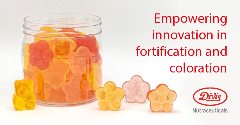
Empowering innovation in fortification and colouration
13 Nov 2025
Divi’s Nutraceuticals offers a large portfolio of innovative, high-quality ingredients for foods, beverages, and supplements, with bespoke solutions and expert support for product success.
Read more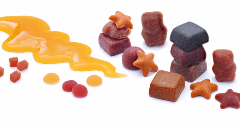
From fruit to functional solutions: Meet Paradise Fruits at Fi Europe in Paris
13 Nov 2025
Paradise Fruits Solutions and Paradise Fruits Health will showcase their combined expertise in delivering innovative, fruit-based solutions to the food and beverage industry at the upcoming Fi Europe trade show (2-4 December 2025, Paris).
Read more
New UPF standard hoped to offer consumers ‘coherence and clarity’
10 Nov 2025
Ingredients companies are being urged to enter “a new era of partnership and innovation” following the launch of the industry’s first non-UPF verification scheme.
Read more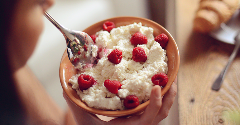
Cottage cheese makes a comeback as consumers call for cleaner labels
6 Nov 2025
From ice cream to dips and ready meals, cottage cheese is experiencing a renaissance as a high-protein, clean ingredient for health-conscious consumers.
Read more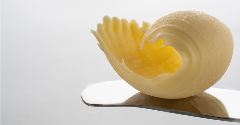
Bord Bia presents Irish dairy ingredient suppliers at Fi Europe
6 Nov 2025
Dairygold Co-operative Society, The Carbery Group, and Ornua Co-operative: Meet with sustainable producers of Irish dairy ingredients at Food ingredients Europe 2025, Hall 7.2 Stand M18.
Read more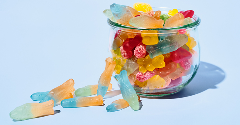
Shorter drying time, sweeter success!
30 Oct 2025
Curious about cost-effective, sustainable and delicious candy making? Stefan Wessel reveals how Avebe’s solutions reduce drying time and energy use by up to 50%.
Read more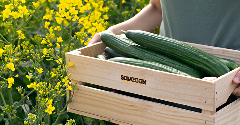
Could plant-based protection replace plastic packaging?
29 Oct 2025
Swedish foodtech company Saveggy has launched an additive-free plant-based protection for cucumbers, offering a waste-free packaging solution for fruit and vegetables.
Read more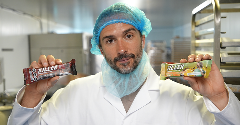
Will Wicks’ Killer Bar harm the protein bar category?
23 Oct 2025
Joe Wicks’ deliberately dangerous protein bar is fuelling anti-UPF sentiment – but there are concerns that his messaging is misguided and could have unintended consequences.
Read more
Expanding boundaries in food & beverage innovation
23 Oct 2025
IMCD and FrieslandCampina Professional expand partnership to deliver Kievit® across EMEA, enabling brands to enhance quality and accelerate time-to-market for tomorrow’s food & beverage creations.
Read more